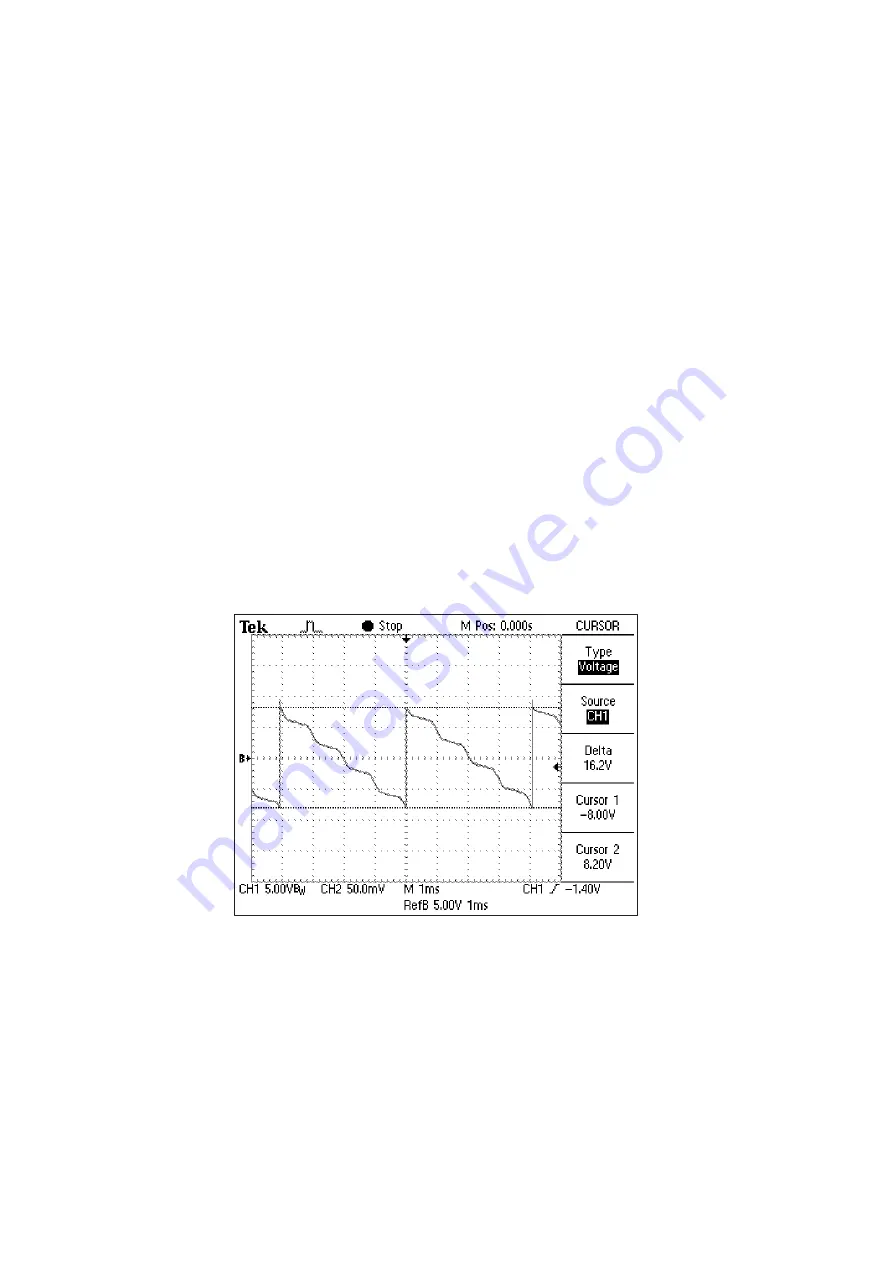
4-13
4 Making Measurements
Before making a measurement, the DC offset should therefore be reset to
zero to make use of the full displacement measurement range. This can be
done by pressing the CLEAR key on the front of the controller or by feeding
an electrical pulse to the corresponding BNC jack. The latter is particularly
advantageous in the case of periodic signals with a superimposed translation.
In such cases the counter quickly overflows due to the DC signal of the
translation. A higher displacement measurement range must be selected
which then, however, provides worse resolution of the vibration. The best AC
resolution can be maintained however, by periodically resetting the counter
and thus suppressing unwanted DC drift of the signal.
The CLEAR signal does not necessarily have to be provided externally but
can in the simplest case be taken from the VELOCITY OUTPUT itself. Each
zero crossing of a rising velocity signal then resets the displacement decoder.
This requires however a certain quality of the velocity signal. If it is too noisy,
the displacement signal becomes unstable. As the CLEAR input has a
relatively low input impedance, an amplitude error of -5 % to -10 % is induced
at the velocity output in this type of operation (refer to
Tracking filter
for the tracking filter also apply in
principle for the displacement measurement. If the range limits shown in
are exceeded the tracking filter loses lock and induces phase jumps
in the input signal which make the displacement signal discontinuous.
shows the distorted displacement signal
of a sinusoidal vibration at an acceleration where the tracking filter loses lock.
In this case the velocity signal should be evaluated and the most suitable
setting for the tracking filter should be determined with the aid of
Figure 4.8: Displacement signal when the tracking filter loses lock
















































